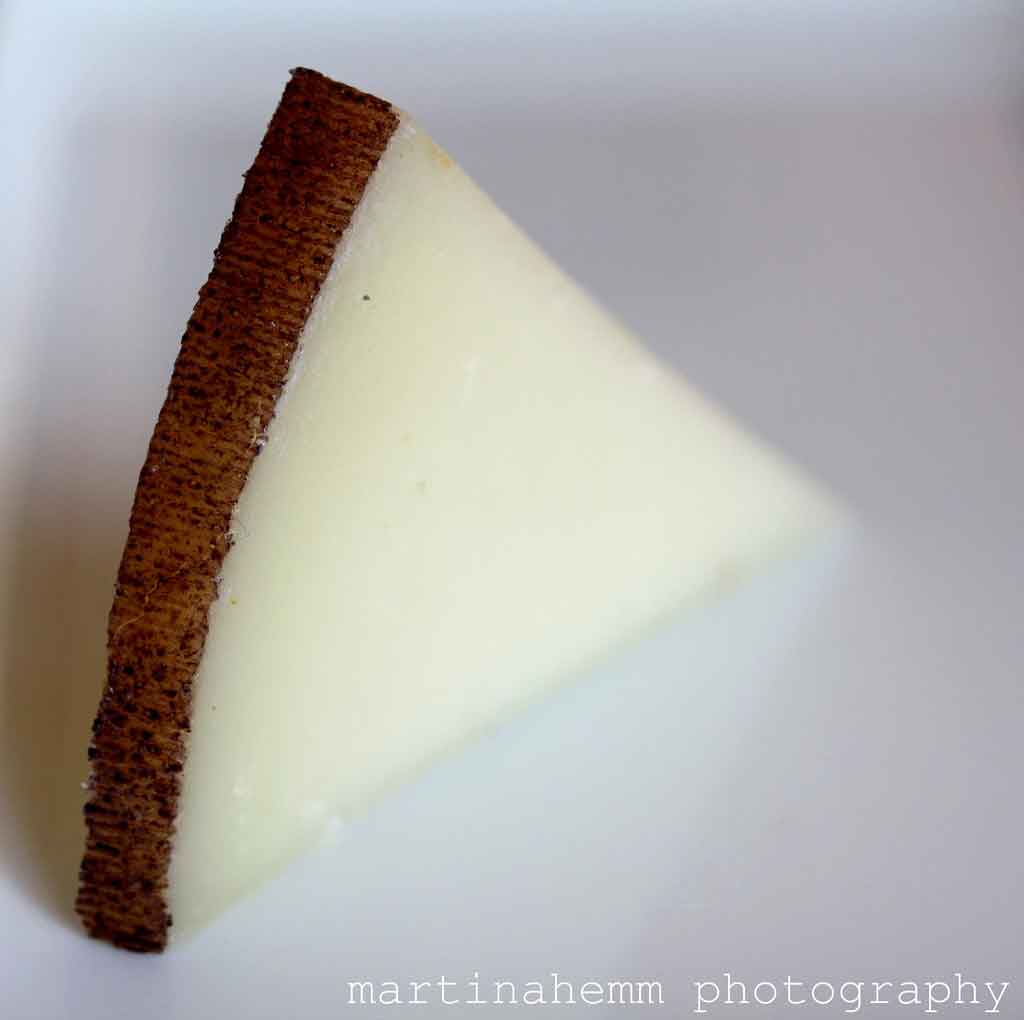
A Taste of Spain: A Quick Guide to Spanish Cheeses
June 11, 2010
Discover Spanish cheeses' diverse and delectable world, from tasty Cabrales to tangy Manchego. A culinary journey across Spain's cheese landscape.
By: Genevieve Mc Carthy / Last updated: January 4, 2024
Cream, apples, and seafood may form the holy trinity of Norman cuisine, but the region’s signature cheeses are the main reason gastronomes flock to this part of France. The former French President Charles de Gaulle, expostulating on the inability of anyone to unite the French on a single issue after WWII, famously grumbled: “You cannot easily bring together a country that has 265 kinds of cheese” Yet deGaulle’s comments are well out of date; today, France counts upwards of 500 varieties of fromage (cheese), and it’s fair to say that Normandy holds the title of producing France’ss most venerable cheese – Camembert. However, the region is no one-trick pony; on the contrary, Normandy’s food artisans are renowned for several world-class cheeses made of cow’s, goat’s, and ewe’s milk, which can be raw, pasteurized, or petit-lait “little milk,” the whey left over after the milk fats and solids have been curdled with rennet).
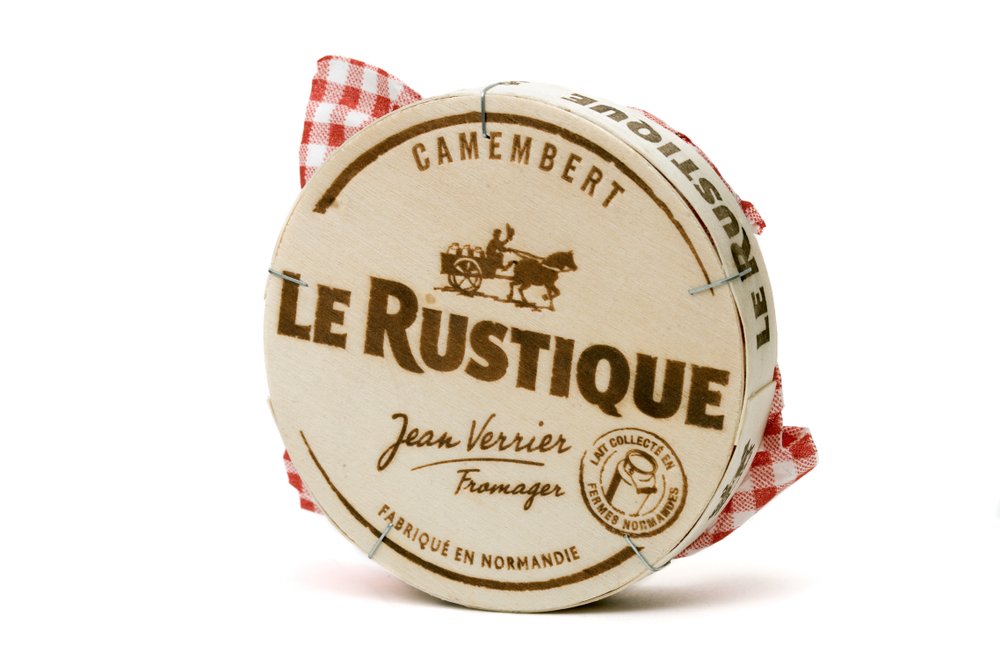
But before we get to grips with the best of Normandy’s fromage selection, it may be helpful to explore the five main groups of French cheese you’re likely to encounter when on vacation. The number of choices on offer in a fromagerie (cheese shop) can be overwhelming. Still, merchants will usually divide their counter selection into five groups, starting with Fromage de Chevre goat’s milk cheese). Cheese made from goat’s milk is typically creamy, sweet, and salty when fresh but hardens and gets saltier as it matures and dries out. Meanwhile, Fromages à Pâtes Persillées translates to “marble” or “blue cheese” so-called because the veins often resemble persil (parsley). Fromage à Pâte Molle is “soft cheese” molded and rind-washed. The most famous example is, of course, Camembert, which, for many, is synonymous with French cheese. Fromage a pate demi-dure is “semi-hard cheese” uncooked and pressed, while fromage a pate dure –”hard cheese” – is always cooked and pressed.
The subject of matching cheese and wine must also not be omitted from this discussion. Wine and cheese can be a match made in heaven or hell, depending on what is served. To this day, Burgundians insist on serving mature red Burgundies with Epoisses (a spicy, rind-washed cheese), which is frankly ludicrous, as the strong cheese inevitably slaughters the delicate wine. Indeed, strong, pungent cheeses should never be served with older, mature wines; they require a young, fruit-driven wine such as Fronsac from Bordeaux or a nice Languedoc red. Soft cheeses with a refined flavor call for quality and age in the wine – in this case, Cru Classe Bordeaux or Chambertin are indeed a very welcome addition to your dinner table. The following list merges the best of Normandy cheese with French wine for pure gastronomic heaven.
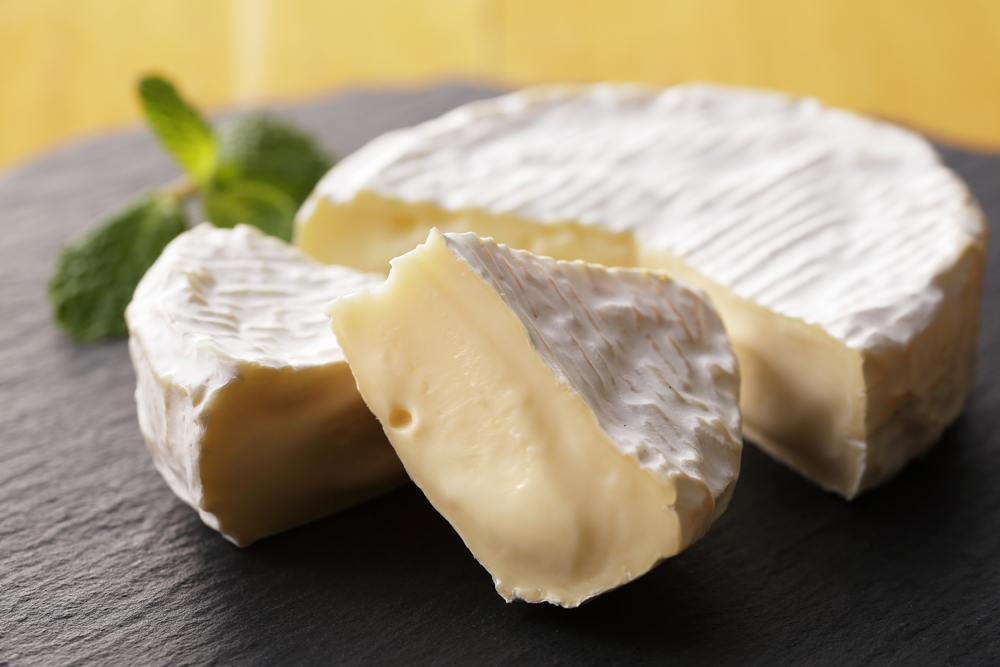
An obvious place to start, for it is with great pride that locals will introduce you to Camembert, a deliciously moist, soft, creamy cheese made from unpasteurized cow’s milk. It was first made in the 18th century in the village of the same name and was famously given to French soldiers during World War I. The younger the cheese, the more delicate its aroma, although compared to some cheeses from northern France, it’s usually not heavily pungent. Good Camembert is a real indulgence, its flavor profile typically offering a mix of earthy, nutty, fruity, grassy, and even mushroomy aromas. The best examples have an intense flavor and aroma. It deserves an exceptional wine pairing – white Burgundy, such as Meursault Charmes, would be our first choice.
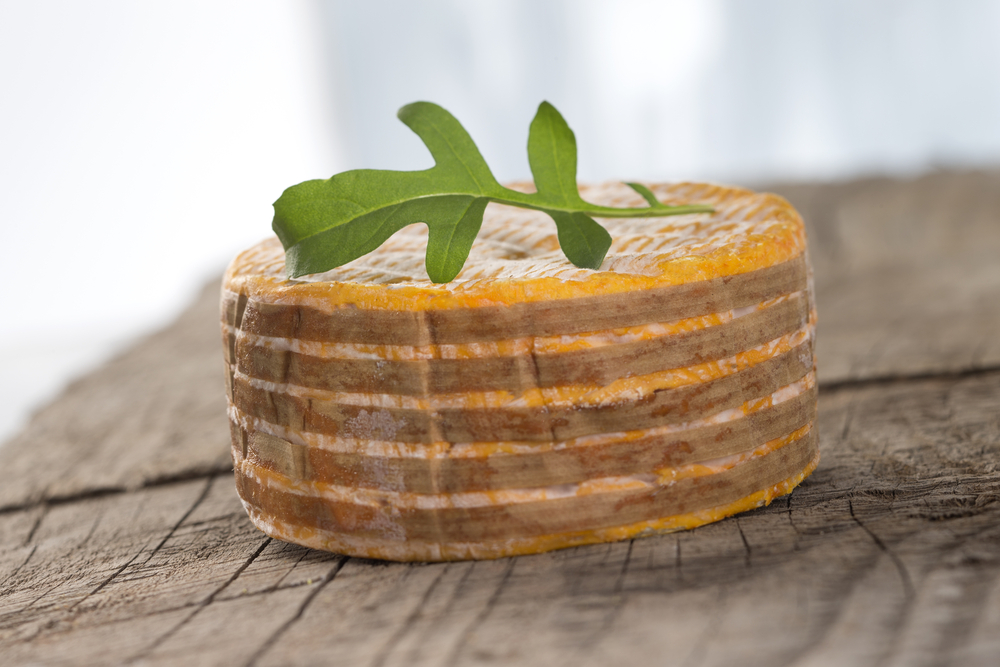
Another massive favorite, Livarot, is a soft, pungent cheese usually set in a small cylinder. The cow’s milk used to make this cheese can be pasteurized or unpasteurized, depending on the variety of the cheese. Like Epoisses and other washed-rind cheeses, the strong aromas from the skin fool the unaccustomed food explorer into expecting a robust and direct hit on the palate. Yet the taste is far more mellow than expected, with a rich, complex, savory nuttiness and notes of honey and wildflowers. Utterly exquisite and refined, it requires an equally sophisticated wine pairing. Our top choice? Sauternes. Chateau Coutet, to be precise.
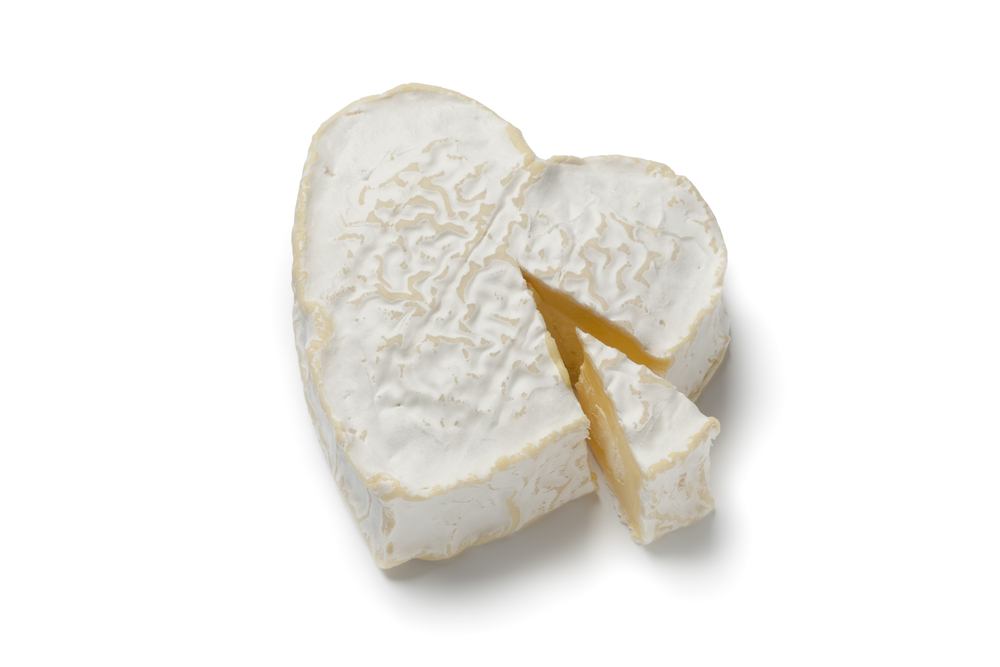
This is a soft white-rinded cow’s milk cheese, similar to Camembert but with slightly drier skin. The aromas from the cheese are best described as mushroomy and delicately earthy. Since the cheese is fashioned in a heart, it has become very popular with couples wishing to celebrate marriages and anniversaries, using the cheese as a tasty ceremonial decoration! Delicious on any occasion, we’d serve a good Neufchâtel with Champagne, the acidity providing a lovely foil to the saltiness of the cheese.
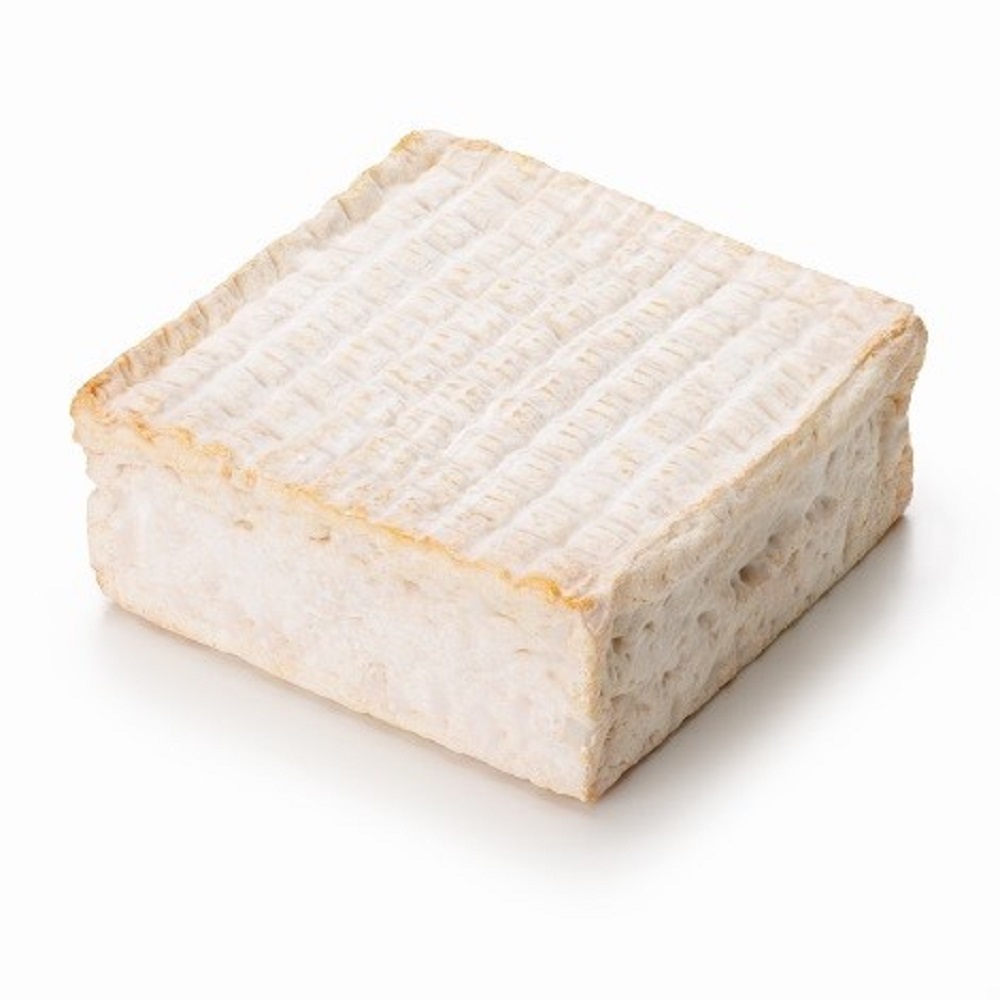
Another delicious washed-rinded cows’ milk cheese, Pavé d’Auge, is an old variation of the Pont-L’Evêque, and it is nowadays a generic name used for the washed-rind square cheeses produced in the north of the Auge country. Its signature aroma is reminiscent of the Norman countryside. Simultaneously, the flavor profile is tremendously creamy and rich, complemented by a chalkiness and slight bitterness to the overall taste of this cheese. Serve it with an off-dry Riesling for a match made in heaven.
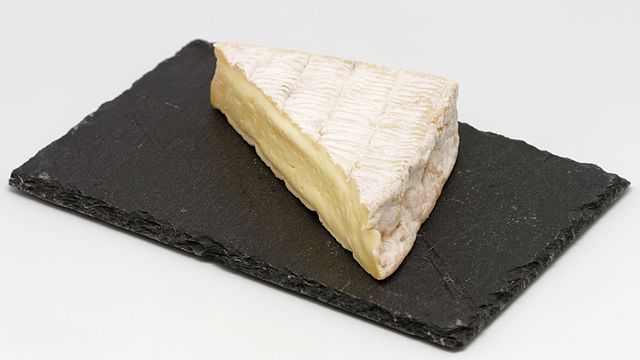
Pont-l’Évêque competes with Camembert for the title of Normandy’s most celebrated cheese. It is undoubtedly one of the region’s oldest; Pont-l’Évêque has been made in Normandy since the 12th century. It was supposedly made first by Cistercian monks who had settled near Caen. Today this soft cheese is light-tawny colored, with a whiff of the farmyard floor. It is a washed-rind cheese, often with cider or peri, at the discretion of the cheesemaker. The texture can be slightly chewy, complemented by its creaminess and the pungent aromas of forest floor and mushrooms. The cheese is named after a bridge in a small seaside town between the Norman towns of Lisieux and Deauville, although you’ll find it all over France today. A perfect example begs to be served with ripe, hedonistic claret – Pomerol, perhaps?
If you would like us to customize an exclusive luxury tour, contact us and let us know your travel plans. We offer luxury food and wine tours for private groups of a minimum two guests. In addition, all of our private, chauffeured tours are available year-round upon request.

